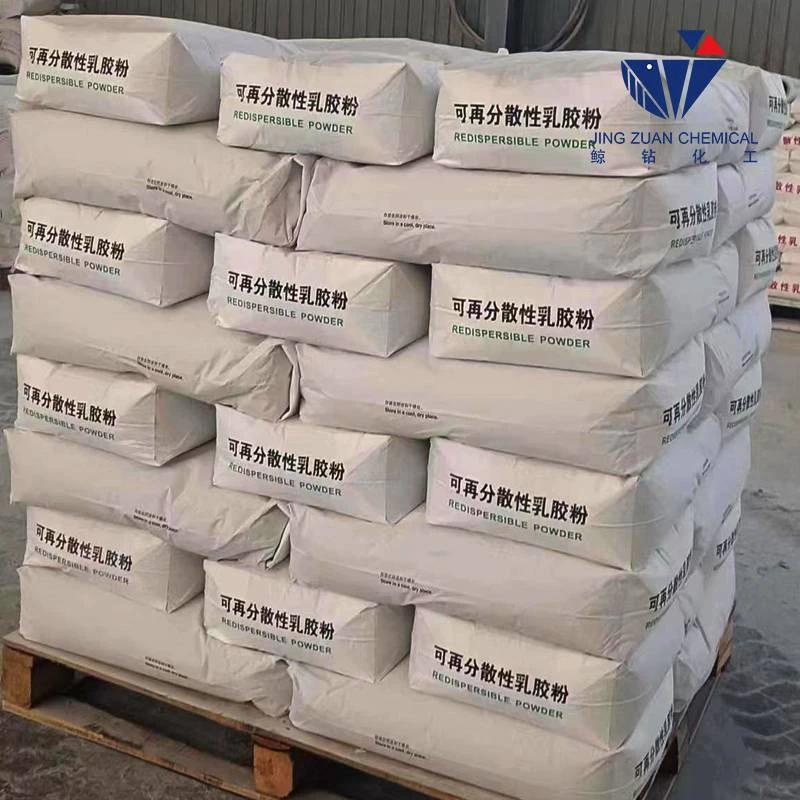
Dec . 16, 2024 06:36 Back to list
Current Market Trends for Hydroxypropyl Methylcellulose Pricing and Demand Analysis
Understanding Hydroxypropyl Methylcellulose (HPMC) Pricing
Hydroxypropyl methylcellulose (HPMC) is a versatile and widely used polymer derived from cellulose. It is a non-ionic, water-soluble compound that finds applications in various industries, including pharmaceuticals, food, construction, and personal care products. Due to its wide range of functionalities, the demand for HPMC has grown significantly, which in turn influences its pricing dynamics.
Factors Influencing HPMC Prices
1. Raw Material Costs The primary raw material for HPMC production is cellulose, usually derived from wood pulp or cotton. Fluctuations in the price of raw cellulose as a result of changes in supply and demand can directly impact HPMC prices. For instance, if the cost of harvesting timber increases due to environmental regulations or natural disasters, the price of cellulose will rise, leading to higher HPMC prices.
2. Production Processes The complexity of manufacturing HPMC also affects its cost. The production process involves several steps, including etherification, filtration, and drying. Advances in technology can lead to more efficient production methods, potentially lowering costs. Conversely, any disruption in production, such as machinery failure or supply chain issues, can lead to increased prices.
3. Global Demand The demand for HPMC varies significantly across different sectors. In the pharmaceutical industry, HPMC is used as a binder and film coating agent, while in construction, it is used to enhance the properties of cement and tile adhesives. As these industries grow or decline, so too will the demand—and consequently the price—of HPMC. For example, during periods of economic growth, construction activities generally increase, leading to higher HPMC prices due to higher demand.
4. Market Competition The HPMC market consists of several key players, and the level of competition can significantly influence pricing. In a highly competitive market, manufacturers may lower their prices to attract customers, leading to a decrease in HPMC prices. Conversely, if a few companies dominate the market, prices may remain stable or increase, especially if they can control supplies.
hydroxypropyl methylcellulose price

5. Import Tariffs and Trade Policies Trade agreements and tariffs can also affect HPMC prices. For instance, if a country imposes tariffs on imported HPMC, this can lead to an increase in domestic prices due to reduced competition from foreign suppliers. Additionally, fluctuations in currency exchange rates can impact prices, especially for companies that import raw materials or export finished products.
Current Market Trends
As of recent estimates, the average price of HPMC has shown variability depending on geographic location and market conditions. In North America and Europe, the prices tend to be higher due to stringent quality standards and higher production costs. In contrast, Asian markets, particularly in countries like China and India, often offer more competitive pricing due to lower labor costs and availability of raw materials.
Furthermore, the ongoing trend towards sustainable and eco-friendly products is influencing the HPMC market. Companies are increasingly seeking green alternatives to traditional chemicals, which may drive up the demand for HPMC derived from sustainably sourced cellulose. The implementation of green chemistry principles in HPMC production could lead to premium pricing as consumers become more environmentally conscious.
Conclusion
In summary, the price of hydroxypropyl methylcellulose is influenced by a myriad of factors, including raw material costs, production processes, global demand, market competition, and trade policies. As industries evolve and the world moves towards more sustainable practices, the HPMC market is likely to continue adapting, leading to potential shifts in pricing and availability. Keeping an eye on these trends will be crucial for companies and consumers alike as they navigate the complexities of the HPMC market.
-
Versatile Hpmc Uses in Different Industries
NewsJun.19,2025
-
Redispersible Powder's Role in Enhancing Durability of Construction Products
NewsJun.19,2025
-
Hydroxyethyl Cellulose Applications Driving Green Industrial Processes
NewsJun.19,2025
-
Exploring Different Redispersible Polymer Powder
NewsJun.19,2025
-
Choosing the Right Mortar Bonding Agent
NewsJun.19,2025
-
Applications and Significance of China Hpmc in Modern Industries
NewsJun.19,2025







